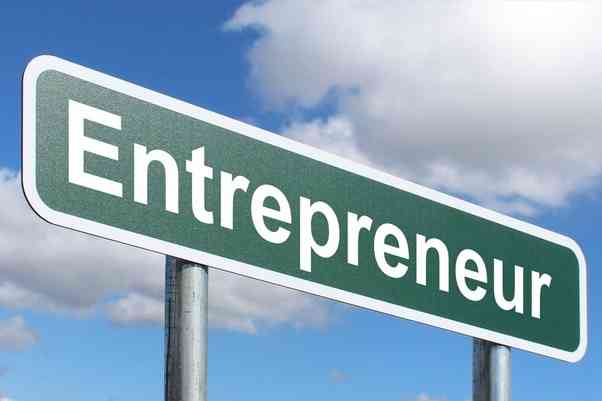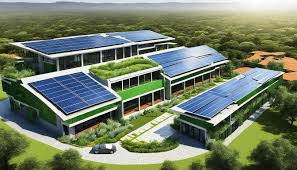
The journey we have taken together so far has shown that every entrepreneurial business intends to grow in its life cycle. Yes, this is possible as proven by some of our homegrown and global businesses which have moved in stages from small operators to become corporates.
Here we talk about growth in various perspectives from the general size to diversified operations, new venture creations and more revenues. These are some basic measurements that we should reflect on as nodes for assessing business growth.
However, since running a business is complex, we should go a step further to consider other micro/macro-economic variables to relate for what I call real growth.
An entrepreneurial business should plan for its growth as a proactive approach to enterprising. Scaling up a business has two main extremes that we should look at as economies and diseconomies of scale. The latter is where we don’t want to be since our growth will be associated with negative consequences only as compared to the former where we celebrate our scaling up efforts with some monetary gains.
We want to avoid a situation where growing a business becomes a problem. In this edition, we try to enlighten our entrepreneurs on levels and extent of sustainable business growth we should wisely follow as we progress.
That is when we will be informed to know when to push for growth, to slow down and to even remain constant.
It has been said in our various spaces that the early demise of most SMEs is as a result of little knowledge that they have in general business management and economics.
True it is and in this discussion we will fuse both schools of thought so as to simplify them such that they will be applied for a sustainable progression of our home-grown entrepreneurial businesses.
- Open letter to President Mnangagwa
- Feature: ‘It’s worse right now than under Mugabe’: Sikhala pays the price of opposition in solitary cell
- Masvingo turns down fire tender deal
- Human-wildlife conflict drive African wild dogs to extinction
Keep Reading
To start with we always aim for a positive growth of our entrepreneurial businesses which we earlier referred to as economies of scale.
Our costs of running a business reflects the type of growth we have achieved as for now or we are yet to in the future (whether positive or negative). There is a need to analyse a business into two periods of operation which are the short-run and long-run.
Most of our entrepreneurial businesses spend most of their operational years in the short-run and even experience an early mortality in the same period. This is because in this period there will be a limited resource controlling and limiting their growth.
Remember the key business resources which we previously discussed to be land, capital and labour.
If one of these is not sufficient then scaling up will not be possible.
In other terms there will be a fixed factor of production which leads to higher costs and low production.
The problem is that as SMEs sometimes we don’t go an extra mile to understand the composition of our average costs through matching both variable and fixed costs with quantities produced.
Real business craftsmanship of this age should make operational decisions based on such data.
Analysis based on operational capacity is very critical as we move towards achieving entrepreneurial economies of scale.
Many of our entrepreneurial businesses are producing less than their potential.
This is costly especially when your other variable factors are continuously increasing. Just like having more employees to complement your labour resource against a small operational capacity.
There must be a well-calculated balance.
More labour without production will increase the average costs of your production to an extent of eating profits you would have gained.
My wish is that our entrepreneurs shouldn’t base their profits through a simple daily count of their cash box.
Real profits are hidden in the summed fixed and variable costs against production.
In contrast to the aforementioned there are some entrepreneurs who have failed to balance their growth so as to match costs for business sustainability.
Where they have expanded their operations too much than they can manage.
I remember one local business that became a producer of almost everything from pharmaceuticals to furniture, retails and so forth.
The result was terrible and now extinct both as an operator and brand.
In this situation we talk about diseconomies of scale where an entrepreneur will find difficulties in controlling the business and its costs leading to an increase in the long-run average costs.
To a greater extent it should be known that scaling of entrepreneurial business originates from a cost balancing perspective and it also improves from other related merits.
In the sense that a business that has achieved economies of scale will have some sustainable advantages which includes effective marketing of its offerings, being able to attract highly qualified/skilled employees, go global and attract greater shareholder engagement.
To conclude, as thriving enterprises, we should be able to read in-between the lines so as to know when to push for growth, stop growing and adjust business processes.
Till then I leave you to introspect towards scaling up entrepreneurial businesses.
*Dr Farai Chigora is a businessman and academic. He is the head of business science at the Africa University’s College of Business, Peace, Leadership and Governance. His doctoral research focused on business administration (destination marketing and branding major, Ukzn, SA). He is into agribusiness and consults for many companies in Zimbabwe and Africa. He writes in his personal capacity and can be contacted for feedback and business at [email protected], www.fachip.co.zw, WhatsApp mobile: +263772886871.











